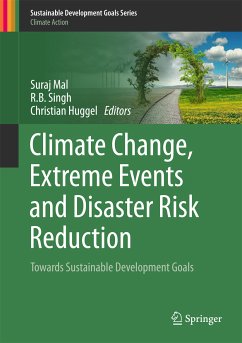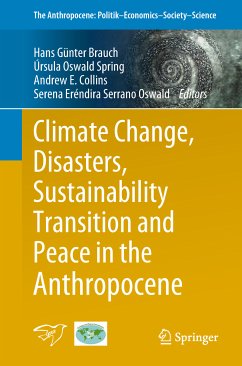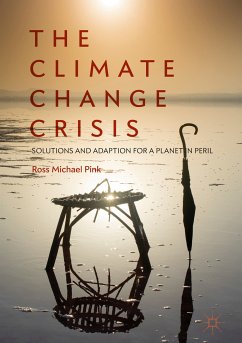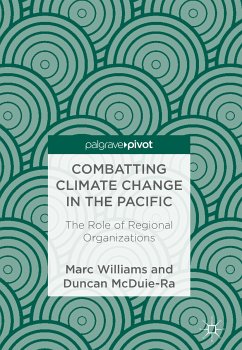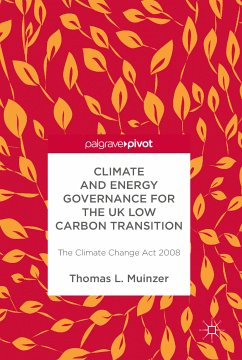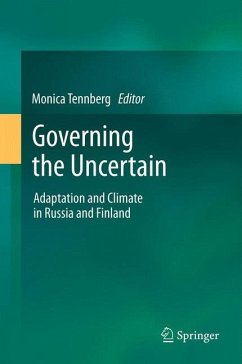
The Environment-Conflict Nexus (eBook, PDF)
Climate Change and the Emergent National Security Landscape
Redaktion: Galgano, Francis
Versandkostenfrei!
Sofort per Download lieferbar
120,95 €
inkl. MwSt.
Weitere Ausgaben:

PAYBACK Punkte
60 °P sammeln!
The aim of this book is to demonstrate how environmental factors have caused an evolution in the landscape of national security since the end of the Cold War. Through relevant case studies, the scope of the problem on the national security landscape due to environmental stressors is illuminated, examined, and synthesized with climate-related data. Human variables such as governance, GDP, and vulnerability are taken into account, and are compared against environmental factors to more accurately determine the causative agents of regional conflicts which threaten national security. These case stu...
The aim of this book is to demonstrate how environmental factors have caused an evolution in the landscape of national security since the end of the Cold War. Through relevant case studies, the scope of the problem on the national security landscape due to environmental stressors is illuminated, examined, and synthesized with climate-related data. Human variables such as governance, GDP, and vulnerability are taken into account, and are compared against environmental factors to more accurately determine the causative agents of regional conflicts which threaten national security. These case studies comprise the majority of the text, and they show how individual conflicts are uniquely influenced by environmental stress with variations from situation to situation. This book will be of interest to government and military professionals, and may serve as a resource for college courses in the areas of military geography, international affairs, and sustainability studies.
Dieser Download kann aus rechtlichen Gründen nur mit Rechnungsadresse in A, B, BG, CY, CZ, D, DK, EW, E, FIN, F, GR, HR, H, IRL, I, LT, L, LR, M, NL, PL, P, R, S, SLO, SK ausgeliefert werden.



